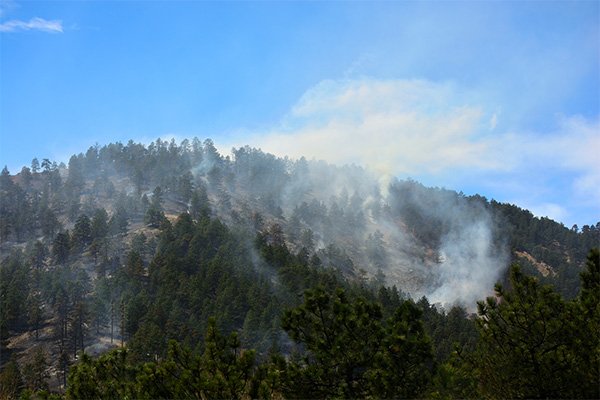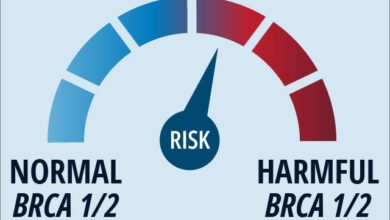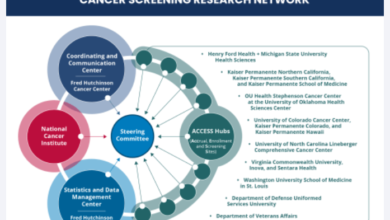Libby Wildfires Demand Quick Action and Containment

By August 2, the firefighting team had completely contained the fire. It burned an estimated total of two acres.
The Tub Gulch part of the Kootenai Forest is in the Operable Unit 3 (OU3) of the U.S. Environmental Protection Agency’s (EPA) Superfund site. This unit includes the vermiculite mine responsible for the region’s asbestos contamination.
A 2012 study detailed the extent of the asbestos contamination in the OU3 forest. The study results showed that even the trees of the OU3 forest have Libby amphibole asbestos in the bark. As a result, the area earned the nickname the Asbestos Forest.
Research from 2009 showed that nearly 90% of the asbestos in the decaying plant matter would stay on the ground. However, roughly 10% would become airborne, leading to exposure risk.
The Tub Gulch Fire was one of six fires in the area over a little more than a week. Once added up, these fires burned a total of 5.7 acres. Two other notable fires in recent years near Libby include:
- In 2017, the West Fork Fire burned more than 20,000 acres near Libby.
- In 2016, the Highway 37 Fire burned 70 acres near the Libby Superfund site.
For Libby residents, these wildfires likely add to their ongoing asbestos concerns.
A Brief History of the Libby Superfund Site
The Libby vermiculite mine operated from the early 1920s up to 1990. While active, the mine produced 80% of the world’s supply of vermiculite. Vermiculite is a mineral that was once used as insulation.
The EPA placed the site on the National Priorities list for cleanup in 2002. The site has eight operable units (OUs), with the mine being in OU3. Currently, seven OUs have had remediation completed. Only OU3 remains, with an estimated completion by 2026.
W.R. Grace once owned and operated the mine. A very friable (crumbly or powdery) form of asbestos contaminated the vermiculite pulled from the mine. In April 2023, the company offered an $18.5 million settlement to help the EPA clean up the site.
After declaring bankruptcy, the company established an asbestos trust fund for personal injuries. It also started a separate fund to cover abatement costs.
What’s Next for the Tub Gulch Fire Area?
Unfortunately, firefighters face an increased risk of asbestos exposure whenever they enter an area that is contaminated with asbestos products. In Libby, fires are an even steeper concern as responders have to worry about fires in buildings and wildfires in the Superfund site.
The local forestry department has recruited firefighters who are properly trained and willing to work in OU3. In 2016, the EPA and the Montana Forest Service agreed to share the Libby fire protection costs.
The EPA continues remediation efforts at the Libby mine. However, the risk of wildfires in the area continues to pose a problem. Once the EPA has finished cleanup of OU3, the added asbestos exposure risks will decrease.
Source link
#Libby #Wildfires #Demand #Quick #Action #Containment



